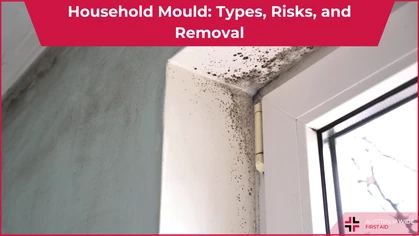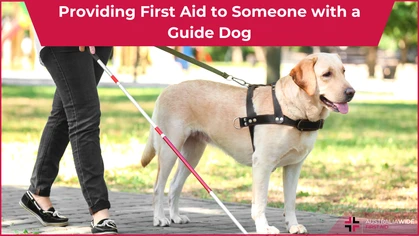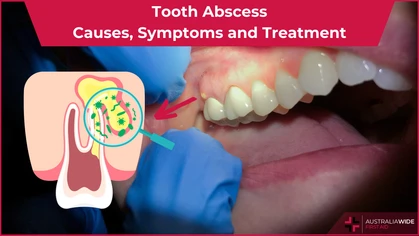Trampoline Safety for Children

General Health-Related
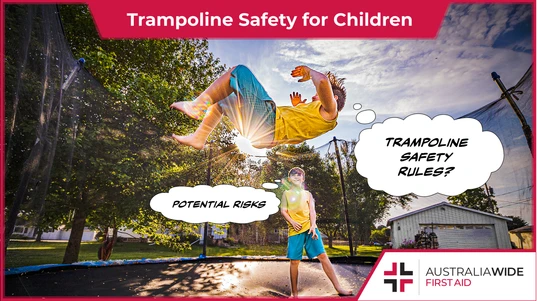
A trampoline is a sheet or web that is attached by cords or springs to an above ground frame that is used as a springboard to jump and land.
Many children find the bounce and laughter from a trampoline irresistible and will go to friends’ or neighbors’ houses solely to experience the endless fun that trampolines offer. Many children want their own trampolines at home, to have access to this joy any time. While trampolines can be fun, a great source of exercise, and a test in coordination, trampolines can also pose serious risks for injury as well. Injuries occur from an unsafe set up, lack of safety while bouncing, and children bouncing on trampolines much younger than they should be. After monkey bars, trampolines have the second largest cause of hospital-related injuries. One must seriously consider the safety risks and measures they must follow if they are going to have a trampoline at home and hope to keep their children safe.Potential Risks
Jumping on trampolines poses a risk of injuries that seems like an endless list. From broken bones, to cervical spine and head and neck injuries, the risk can often seem much greater than the reward. In Australia alone, there are 3,000 trampoline injuries every year. Falling off the trampoline, colliding with another child, and hitting equipment that is unsafely protected can lead to trips to the emergency room and sometimes long lasting injuries. If you hope to keep your children safe while jumping, you must be vigilant with all safety protocols. In order to help you prepare for safe trampoline use in your backyard, we included many safe trampoline use guidelines below.Ensuring Safest Scenarios
Creating the safest jumping environment possible can help keep your children safe on the trampoline. All safety guidelines should be strictly followed by children, as well as supervising adults.Environment
All trampolines should be installed at ground level and on a level surface. The area around the trampoline should be entirely hazard free. There should not be any furniture, walls or fences anywhere near the trampoline. In addition, nothing should be above the trampoline and the overhead should be completely clear. A good rule of thumb is there should be 2 metres clearance on all sides and 5 metres clearance overhead. The ground around the trampoline should not be paving or concrete as this could lead to a very dangerous fall on a hard surface. Instead, there can be lawn, wood chips or sand which allow for a safer landing if a child falls off the trampoline.Equipment
A safety net is a must to surround your trampoline and your children while they bounce. The net enclosure around the trampoline can help prevent the more serious injuries. Trampolines should have safety padding that is impact-absorbing material around the metal frame and springs, so that no parts are visible to the eye. A ladder to safely get onto the trampoline is an important and helpful feature. However, when no one is jumping, be sure to remove the ladder so that no one is able to jump without adult supervision. When purchasing your trampoline, look for a statement of compliance for Australian trampoline standard AS 4989:2015.Condition
Trampolines should be regularly monitored to make sure that they are in excellent condition. If there is ever a question about the condition of your trampoline, please err on the side of caution and do not allow any jumping until you have resolved the issue in its entirety. All springs should be securely attached. There should not be any holes in the netting or on the sheet itself. The frame should be in excellent condition, and all pieces should not have any bends or knicks.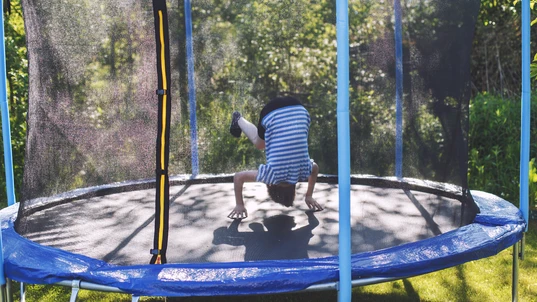
Many children want to backflip on trampolines, and if you are committed to supervising this trick, make sure that you are watching from the outside, spotting and verbally assisting the child, but never on the trampoline with them.
Trampoline Safety Rules
After the safe set up is complete, the real work begins. That is, making sure that while children are jumping on the trampoline, they are doing so safely every time. By establishing clear and reinforced safe jumping rules, children are most likely to keep themselves safe on the trampoline. Overall, trampoline use should be limited as a once in a while activity. The less children are on the trampoline, the less risk it imposes. The trampoline age recommendation is that no one under the age of 6 should ever use a trampoline. In addition, if a child is too small to be able to get on a trampoline on their own with the use of the ladder, they are too young to be on the trampoline. Only one child at a time should use the trampoline and should always be supervised by an adult. While supervising, always ensure that toddlers stay far away from the trampoline and that no child ever goes under the trampoline, especially while someone is bouncing. Kids should never bounce against the trampoline netting on purpose, and should only jump in the middle of the trampoline. Avoid all trampoline use when the trampoline is wet. No shoes should be allowed on the trampoline. To avoid trampoline accidents, advise against somersaults. Many children want to backflip on trampolines, and if you are committed to supervising this trick, make sure that you are watching from the outside, spotting and verbally assisting the child, but never on the trampoline with them. Backflips are a risky activity, and in order to ensure the safest jumping experience possible, it is best to avoid them altogether.The Bottom Line
If you want to have trampolines at home, there are serious risk factors to consider as well as safety precautions you should follow. Trampolines are a fun activity for children, and when bouncing safely, can have some positive health benefits. For safe use, supervising play is always a must, as well as following the trampoline safety tips that we included in this article. A way that you can be the most prepared adult to manage any trampoline injuries, is to head to one of our First Aid Course or CPR Course.
Originally published at
https://www.australiawidefirstaid.com.au/resources/trampoline-safety-for-children
as part of the Australia Wide First Aid Articles Library



